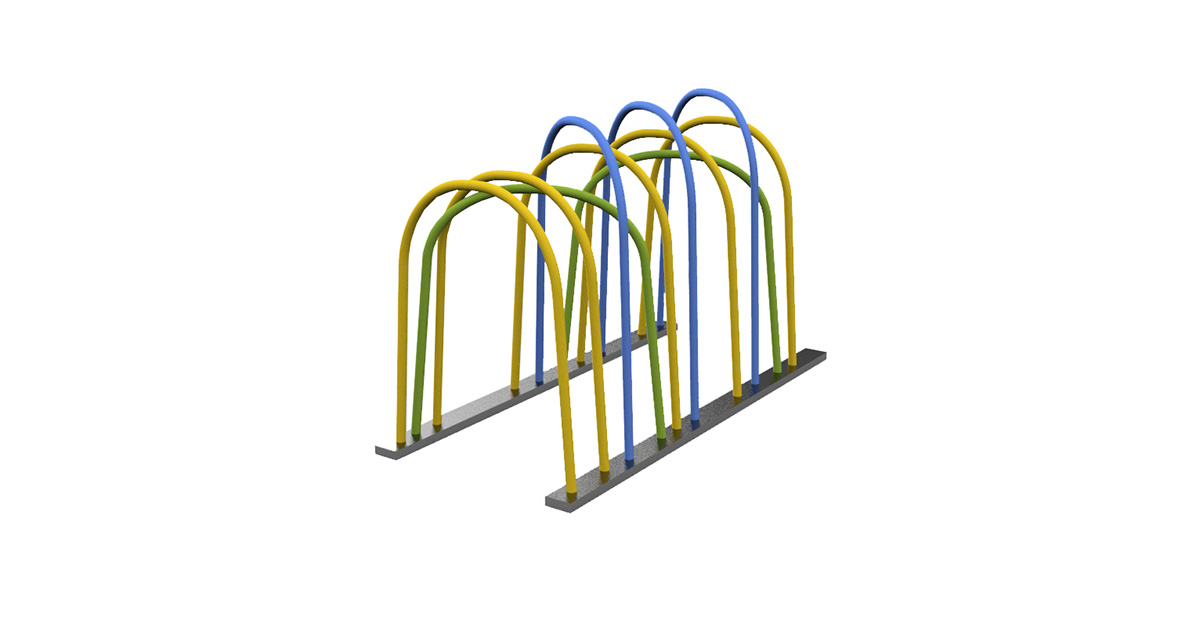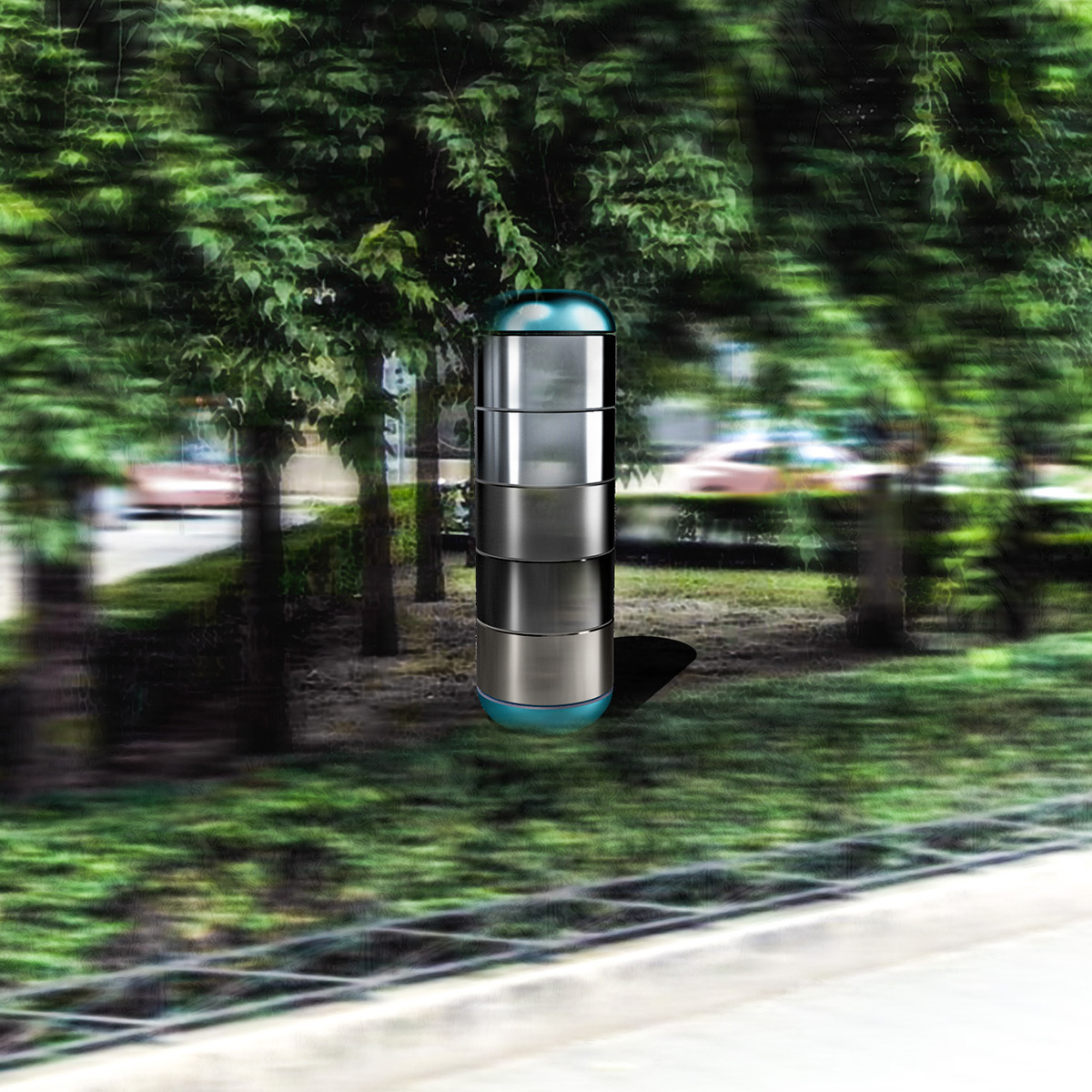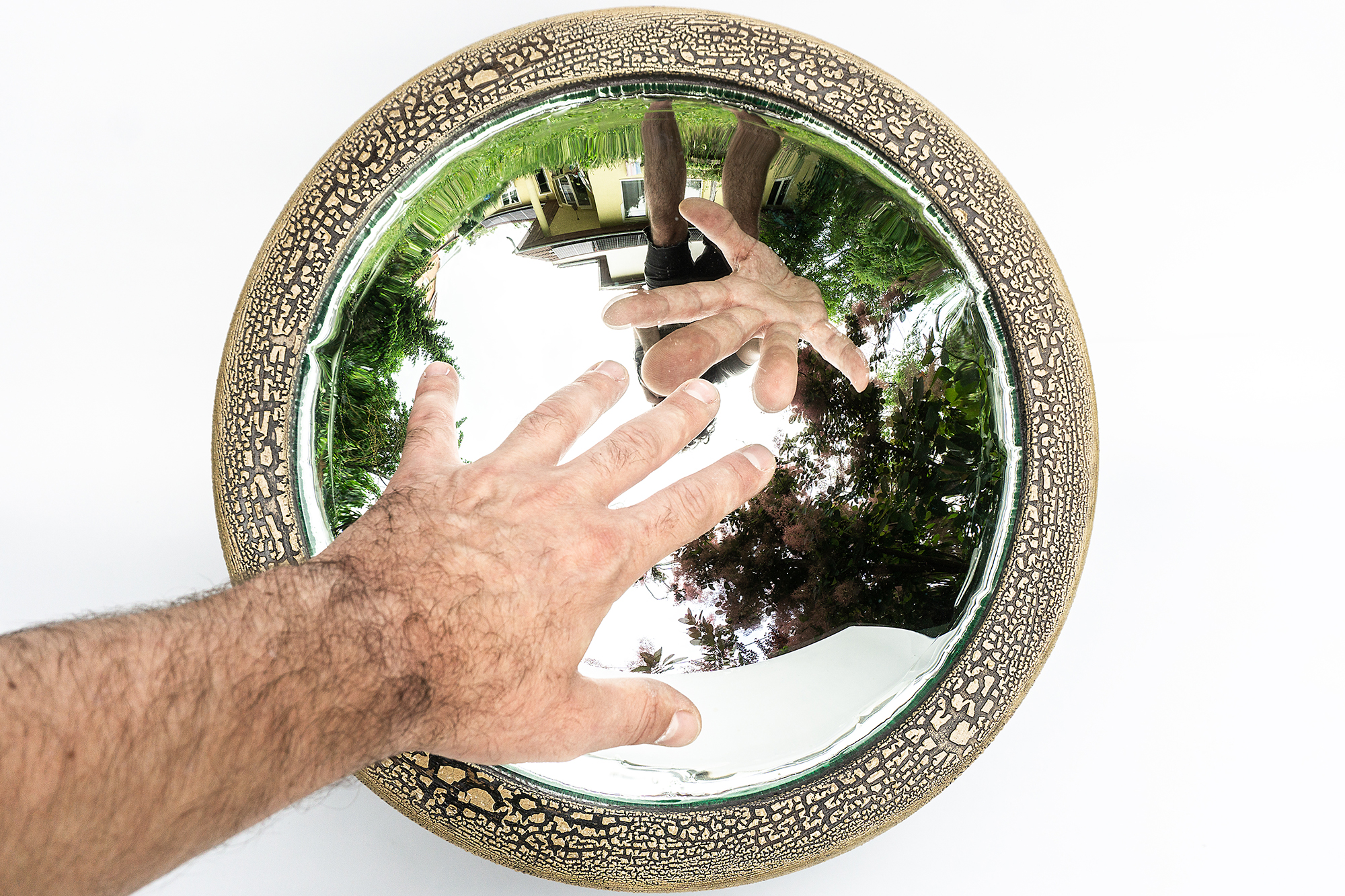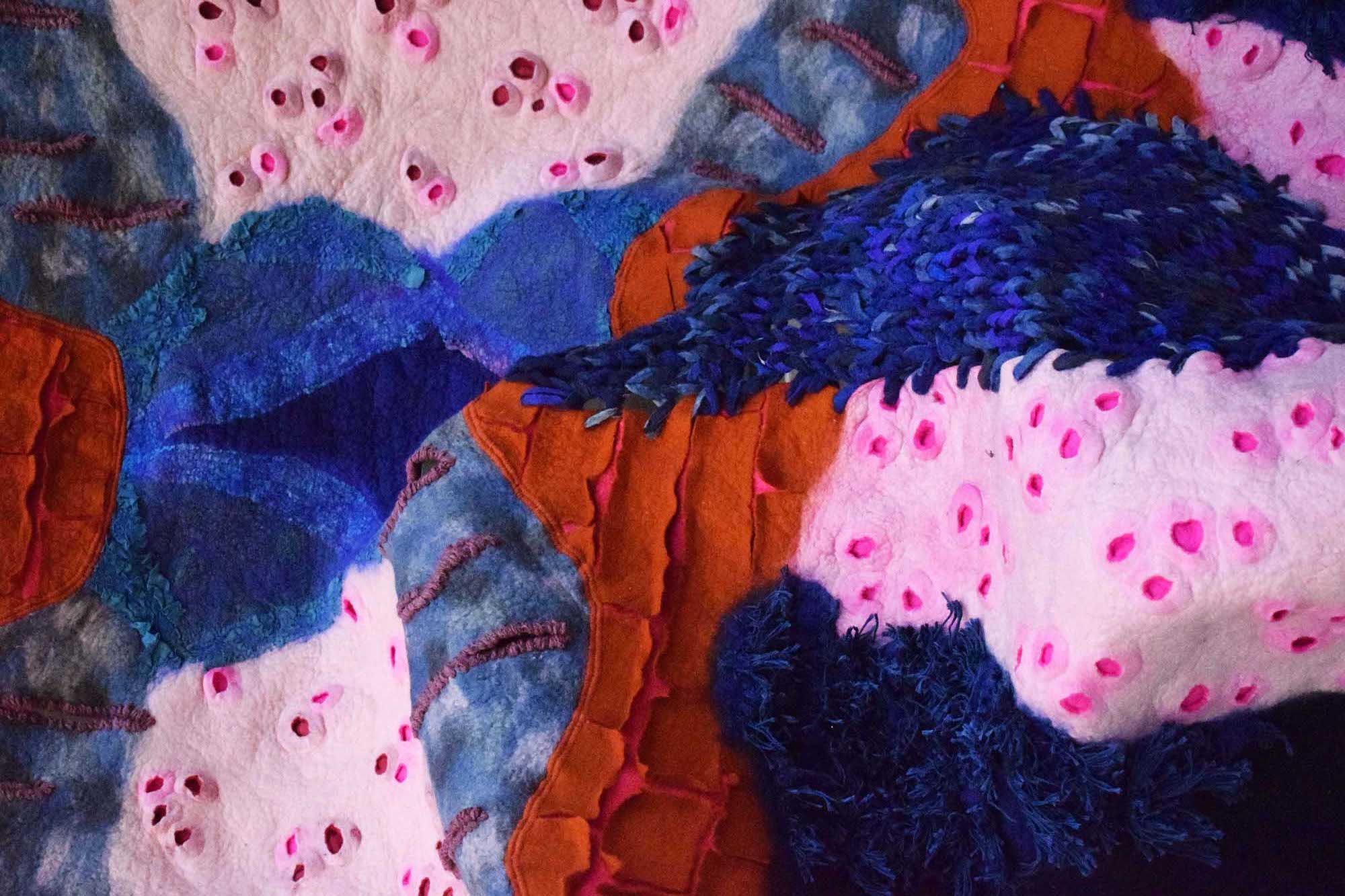

Safety, visibility, playfulness – Urban design tailored to the needs of children
The urban design project launched by the MOME Social Design Hub together with the Institute of People-Environment Transaction of the ELTE Faculty of Education and Psychology, the local government of Erzsébetváros, the Center for Budapest Transportation, and the Hintalovon Child Rights Foundation is a research and education programme rolled up in one. The initiative seeks to identify problem patterns in children’s urban mobility, be it micromobility or conventional community transportation, looks at the impact of space creation on transportation and safety, and, last but not least, proposes three concepts to deliver a vision of a child friendly city.
Following completion and dissemination of the basic research, three student groups joined in the project, developing concepts according to feedback from 7th graders of the Erzsébetváros Bilingual Primary School and Gábor Baross Primary School. The workgroups were looking for answers to the question how design could help improve children’s mobility in the context of safety, visibility and playfulness. The resulting three concepts explore different but equally important topics.
Seven Leagues: Job promotion children’s festival
The purpose of the one-week festival would be twofold. For one, to present career alternatives to the age group facing career choices, and for another, to enable students to sneak a peak behind some unfamiliar, closed, and scary-looking scenes, and get friends, curiosity, motivation, and safe connections.
The initiative would involve shops, workshops, and artisan bakeries in the 7th district, providing students with real insight into the daily operation of various businesses. The key sign symbolising openness (and also the number VII) could be placed on the doors of the participating businesses, resulting in additional customers, press coverage, and staff due to the good cause.
En Route: Playful street stations
According to the concept, streets, intersections, and parks surrounding schools could feature entertaining, functional or educational public space fixtures, which, in addition to delivering novel experience to schoolchildren, could also serve as meeting and community points.
It also includes pavement art to grab children’s attention, prompting them to stop, as well as a “message distributor” that generates positive messages for passers-by by having an arm turned, and also a rotating element for educational purposes consisting of cylindrical parts.
The Gate of Knowledge: Visually highlighting the school in Kertész utca

The installation concept could bring considerable change to the immediate surroundings of the school by reminding passers-by that this neighbourhood is, in addition to being a party quarter, also an area with lots of schools and children. Not unimportantly, the arches could also serve to bring out the school’s character.
The pavement art underneath the object appearing to be an extension of the arches could at the same time mark the street facade of the school. The top of the arches could act as a roof, whether for a bike shed or family members coming to pick up the children from school. The side of the arches closest to the street would have a higher density of bars to separate the area from street traffic for added safety.

// /
The supervisor of the course was Rita Szerencsés, the students were Benjamin Fülöp Bechtold, Dóra Eiler, Anna Horváth, Anna Mónika Lados, Klára Nagy Dorottya, Adél Pribelszki-Balatincz, Gergő Zsolt Szabó, Panni Tociána Tóth






